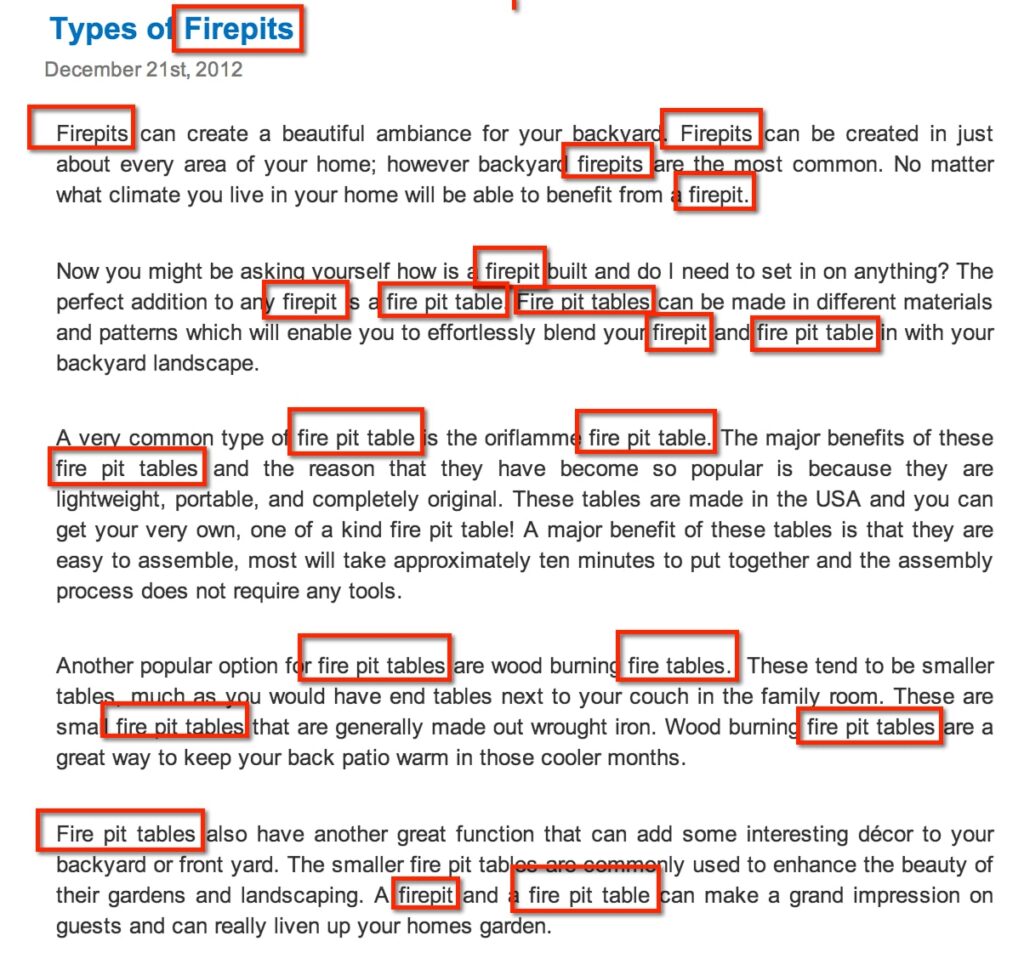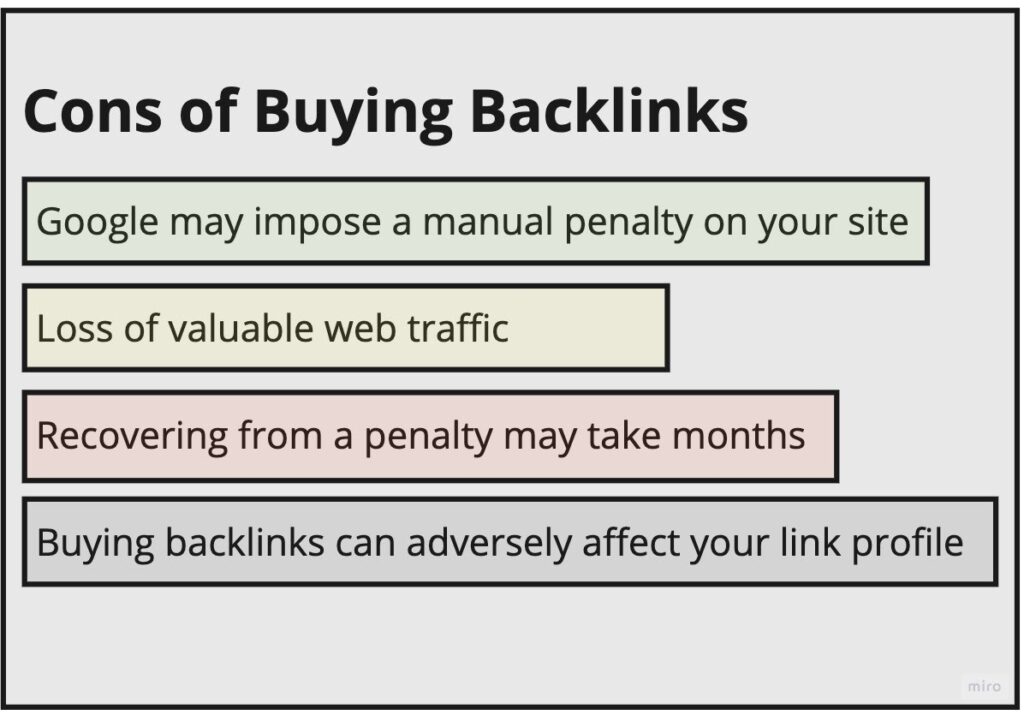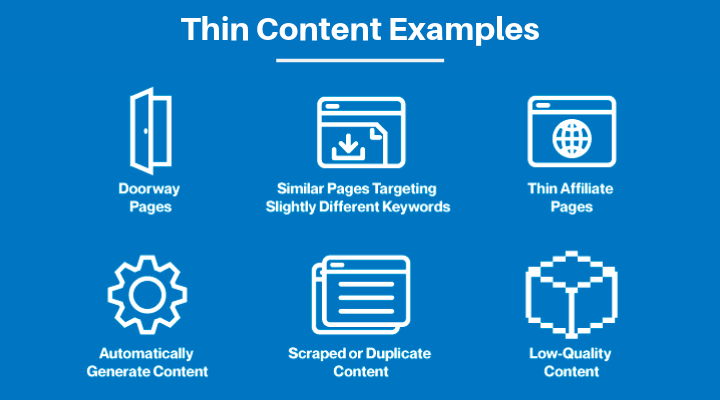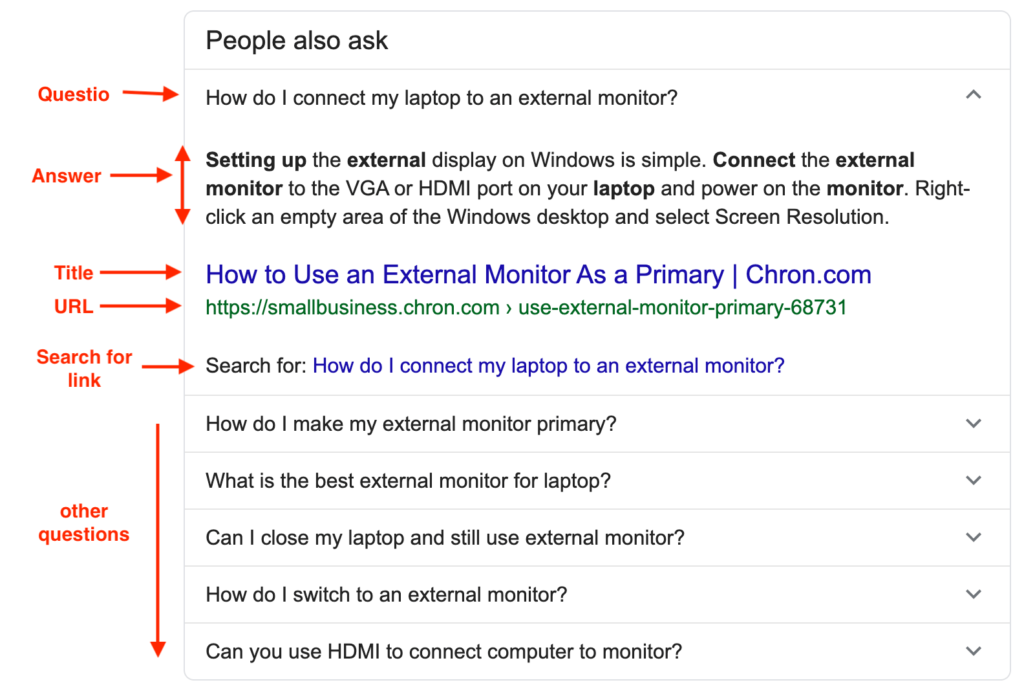12 Outdated SEO Strategies You Should Leave Behind
Many SEO practitioners are still clinging to the old rigid tools and tactics they adopted many years ago. As we see more strides in artificial intelligence and machine learning, it is evident that many of the strategies we learned back in school are obsolete now. Search engines are far more sophisticated than ten or even five years ago.
Consequently, if you want to build crawl accessible content for the 2020s, there are a few SEO techniques that you must abandon. This guide will explore which outdated SEO strategies you should remove from your arsenal and what you can potentially replace them with.
Table of Contents
1 – Keyword stuffing

SEO keywords make it easier for search engines and people to find your content online. However, the overuse of keywords can make your website or web page look like spam (‘spammy’). This overuse is called keyword stuffing. Developers began to flag or avoid websites or web pages that contained an overabundance of keywords. This was an attempt to curb the amount of spam that made it onto SERPs.
Keyword stuffing is now seen as a black hat tactic that could result in ranking drops or penalties. Keyword stuffing often ruins the reader’s experience.
Keyword Density: Outdated SEO Strategies?
Traditionally, marketers were taught to aim for a specific keyword density percentage per article. There has always been some contention regarding the range.
Some schools of thought believe you should aim for a keyword density ranging between 1 and 2%; others believe it should be between 0.5% and 0.8%.
Nevertheless, Google’s algorithms no longer rely on keyword density analysis to provide the best results for their SERPs (for the most part). Regardless, you can still use a keyword density score to avoid keyword stuffing.
The standard rule is to avoid a keyword density exceeding 3%.
However, we would recommend that you try to keep it below 1% and find more creative ways to disperse and integrate your keywords naturally. Of course, this is easier said than done. It would help if you were not too hyper-focused on keywords.
The primary focus should always be on content quality. You could utilise a topic cluster strategy through a series of related articles or blog posts. Alternatively, you could focus on high-quality individual pieces of content.
We also recommend that you move away from individual keyword focus. Alternatively, you can pepper content with latent semantic indexing (LSI) keywords.
2 – Over-optimised alternative text
This is slightly related to the last recommendation. Alternative or alt text is used to describe images to visually impaired individuals or machines/bots that cannot interpret images independently.
Alt text has been a big topic of discussion in the last five years as companies have been moved to become compliant with the American Disabilities Act (ADA).
Many SEO practitioners have seen alt-text as a potential vehicle to stuff keywords. Just as keyword stuffing in the body of your page is seen as ‘spammy,’ so too is stuffing your image alt text with a string of keywords.
Instead, you should be seeking to create accurate and relevant alt text descriptions that support rich and focused quality content on your topic.
3 – Over-reliance on purchasing backlinks

Backlinks have always played an essential role in SEO. While they are still relevant today, link building has been severely abused. However, despite what some recent reports have suggested that link-building is dead, it is still a powerful strategy when done right.
Nevertheless, as the SEO landscape becomes more sophisticated, link-building tactics must move at the same speed. The days when your SEO strategy could rely on a handful of purchased backlinks are long gone.
Purchasing or selling links is a clear violation of Google’s webmaster guidelines. It could result in a penalty if you are caught. Organically gained links are still important. However, they should be part of a holistic SEO and link-building strategy that provides quality content and a positive user experience.
4 – Content quantity over quality
As we shift our focus from individual keywords and cast it onto topical authority, we move away from producing large unnecessary quantities of content and onto higher quality content. Many businesses have found that producing massive amounts of content in a short time is not a sound marketing or SEO strategy.
It strains resources and can be detrimental to your sales pipeline and marketing. Businesses may feel that bombing the internet with content will promulgate their brand and achieve higher page rankings on SERPS. But again, haphazardly producing large amounts of content in a short time will make your website seem spammy.
Producing high-quality content that is released consistently is a far more efficient strategy for achieving internet ubiquity. Furthermore, it prevents your site from overwhelming readers.
5 – Over-Reliance on short, non-comprehensive content

While it is crucial to produce concise and tight content for your websites, it should not be the only content you are publishing. It is possible to write comprehensive content that is precise and on-topic.
It is essential to find a balance in the content you produce. The average length of most impact articles is 1200 words. A HubSpot study found that articles with a word count averaging between 2250 and 2500 words brought the most site traffic.
You should not abandon short-form content. It has its place. Your website should attain readership by providing carefully constructed content that is detailed and comprehensive. Once again, as you build this content, it is essential that you carefully disperse the relevant keywords throughout.
Moreover, you should avoid writing filler content to embellish articles. A sincere and sustainable marketing and content creation approach will win over more leads and readers than black hat trickery.
6 – Writing For Robots
This point slightly intersects with the previous ones. Marketers will often write for Google’s algorithms or AI. This tactic includes repeating a subject by its proper name every time you refer to it in the text – no colloquialisms, nicknames, or abbreviations.
For instance, if you were writing an article about codecs for robots, you would be required to refer to the H.266 codec by its full name (Versatile Video Coding). You would also be required to include all plural and non-plural variations of the word. This practice tends to result in keyword stuffing.
Again, it would help if you were writing content for people. Additionally, it is crucial to understand your audience. This often means conducting thorough research and interacting with readers through surveys, email messages, and comments. Do not ignore the value of weighing your content against readability scores such as Flesch-Kincaid.
7 – The use of multiple subdomains and separate Domains
Most of the tactics that have been covered in this guide are considered to be grey or black hat tactics. This one is different. Creating multiple subdomains or separate domains for your business is a legitimate white hat SEO strategy.
The aim is to dominate SERPs by ranking with multiple domains. This has been an effective strategy for several sites, but you also risk cannibalising or splitting your link equities. Furthermore, it puts additional strain on your resources (which may already be strained), making it difficult for expenses and receipt tracking for domain and host expenditure.
Thus, it is recommended that you use subfolders to host your content. It would be best to focus on raising your leading site’s overall SEO value and quality instead of trying to get your fingers in as many pies as possible.
8 – Posting content randomly instead of using a schedule

This ties into our point on quality versus quantity. Erratically bombarding the net with content is not a good idea – no matter how fast you can produce content. It can overwhelm and frustrate your audience from a purely content creation standpoint.
Creating a sense of anticipation is essential when producing compelling content. If you overwhelm your visitors or subscribers with too much content, you risk missing certain pieces of content.
Posting content consistently allows your website more opportunities to rank with more index pages and keywords. Furthermore, it will allow you to build your authority steadily with users that visit your site.
Again HubSpot looked at the frequency data of over 13,5000 and found that companies who published 16+ blog posts per month earned more traffic and leads than those who posted four times or less.
It is essential to set a blogging schedule that will allow you to post content consistently. This will allow you to grow your content library and your audience. Finding the right balance between the amount and quality of content you produce and post is imperative.
9 – Publishing duplicate content
One of the most common on-page SEO errors is duplicate content, even though around half of all websites publish duplicate content anyway.
The best way to avoid duplicate publishing content is by running new content through a plagiarism checker. We also suggest rewriting any pages that have high duplicate scores.
10 – Producing unrelated content
To get their websites or pages to rank higher, some site owners and marketers will post content on sites that have nothing to do with the niche of their content. This is a terrible idea. No matter how high the keywords rank or how much traffic the topic draws.
For instance, you cannot place digital marketing content for dentists on a gaming website. Unrelated content seems spammy, but it can also repel your core audience. Travelling into areas of content that relate to your niche may be a great way to expand and spark new interest. However, it must always be organic.
11 – Underestimating the value of PAA

Google’s People Also Ask section features question and answer snippets related to the main search query. It allows users to discover other articles and websites associated with their search topics. PAA rankings allow you to generate more clicks and more conversions almost passively.
Your article can show up on Google’s SERP thanks to PAA, even if your main keyword isn’t part of the search query. This is another reason to maximise your website’s latent semantic indexing and analysis.
However, this isn’t the only way to rank on PAA. Providing a short FAQ section is a shortcut many SEO practitioners take for granted. However, if you want to generate more traffic through Google’s PAA system, you should consider dedicating entire QA/FAQ pages to common questions related to your site.
You can perform this organically by using a question schema or using the People Also Ask section to find questions related to your keyword/topic (the lazy way). Regardless of what method you use, do not underestimate the value of ranking on PAA.
12 – Focusing squarely on Google
While Google has always been the most popular search engine, the recent trend in consumer privacy conscientious has had users flocking to alternative search engines. Google’s user privacy record has always been spotty. While they still own the most significant portion of the search engine market share, writing your content to appeal to Google’s algorithms exclusively would be a mistake.
Bing is Google’s closest competition. With Microsoft ramming Edge and its related ecosystems down everyone’s throats, you can expect usage to increase in the future.
Much like Google, Bing has its People Also Ask section. However, Google focuses on E-A-T, whereas Bing focuses on social signals and on-page optimisation.
Being mindful of how different search engines trawl the internet is essential not just for the present but the future of your content, especially if you consider how competitive Google’s SERP rankings are.
While your content may initially fail to reach Google’s front page, it could make it to Yandex or Yahoo’s. Diversifying your content strategy is very important.
Conclusion
As technology evolves, so should our relationships with it. We cannot become stagnant in our ways of doing things. Often this means retraining and retooling.
Unlearning old habits and replacing them with new ones can be difficult. However, it is a skill that every marketer and SEO practitioner should have. However, it is all about getting the basics right.
Focus on producing high-value content first and then build your SEO strategy around it. Your SEO strategy is crucial to how your sites or marketing campaigns will perform.
